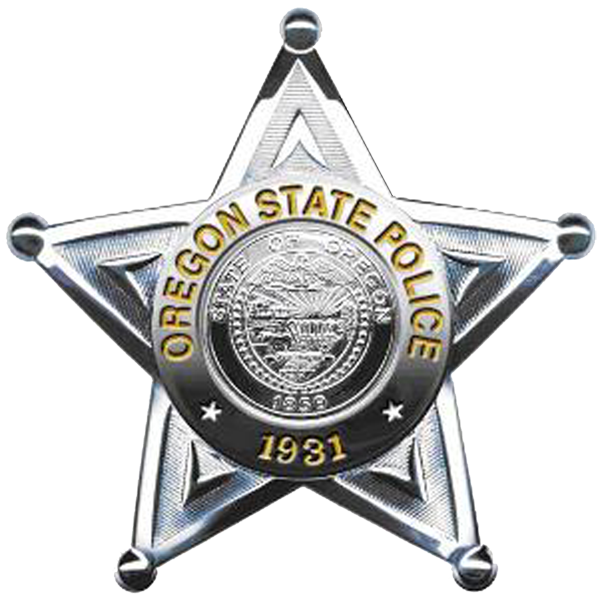Fire Danger Level Reduced from Extreme to High Across Douglas District
DFPA will lower the fire danger from EXTREME to HIGH on August 15, 2025, due to cooler temperatures and higher humidity. Public Use Restrictions remain in place, with limits on certain activities, open burning bans, and safety requirements to help prevent wildfires.

The Douglas Forest Protective Association (DFPA) has announced that the fire danger level will be reduced from EXTREME to HIGH across all lands under its protection, effective Friday, August 15, 2025, at 12:01 a.m.. This change comes as forecasters predict cooler temperatures, increased relative humidity, and greater overnight moisture recovery.
The Public Use Restrictions (PURs) will shift to HIGH for all private, county, state, and Bureau of Indian Affairs lands within the Douglas District. While the adjustment reflects improved conditions, DFPA emphasizes that fire season is not over. Expected rainfall over the weekend will not be enough to end the risk.
Under HIGH restrictions:
- Non-industrial power saw use, metal cutting, grinding, welding, mowing dry grass, and using power-driven machinery on private property are allowed only before 10 a.m. or after 8 p.m.
- Backyard debris burning and burn barrels remain prohibited.
- Campfires, cooking, and warming fires are banned outside designated sites.
- Smoking is restricted to vehicles, boats on the water, and other designated locations.
- Fireworks, exploding targets, tracer ammunition, and sky lanterns are banned.
- Charcoal/pellet BBQs are allowed only at maintained residential sites with fire safety equipment nearby.
- Vehicles must remain on improved roads free of flammable vegetation, with specific firefighting tools or water on hand.
- Electric fence controllers must meet national safety standards.
The Industrial Fire Precaution Level (IFPL) remains at Level 3 across the district.
DFPA urges the public to follow these rules closely to reduce the risk of wildfires during the remaining fire season.





Comments ()